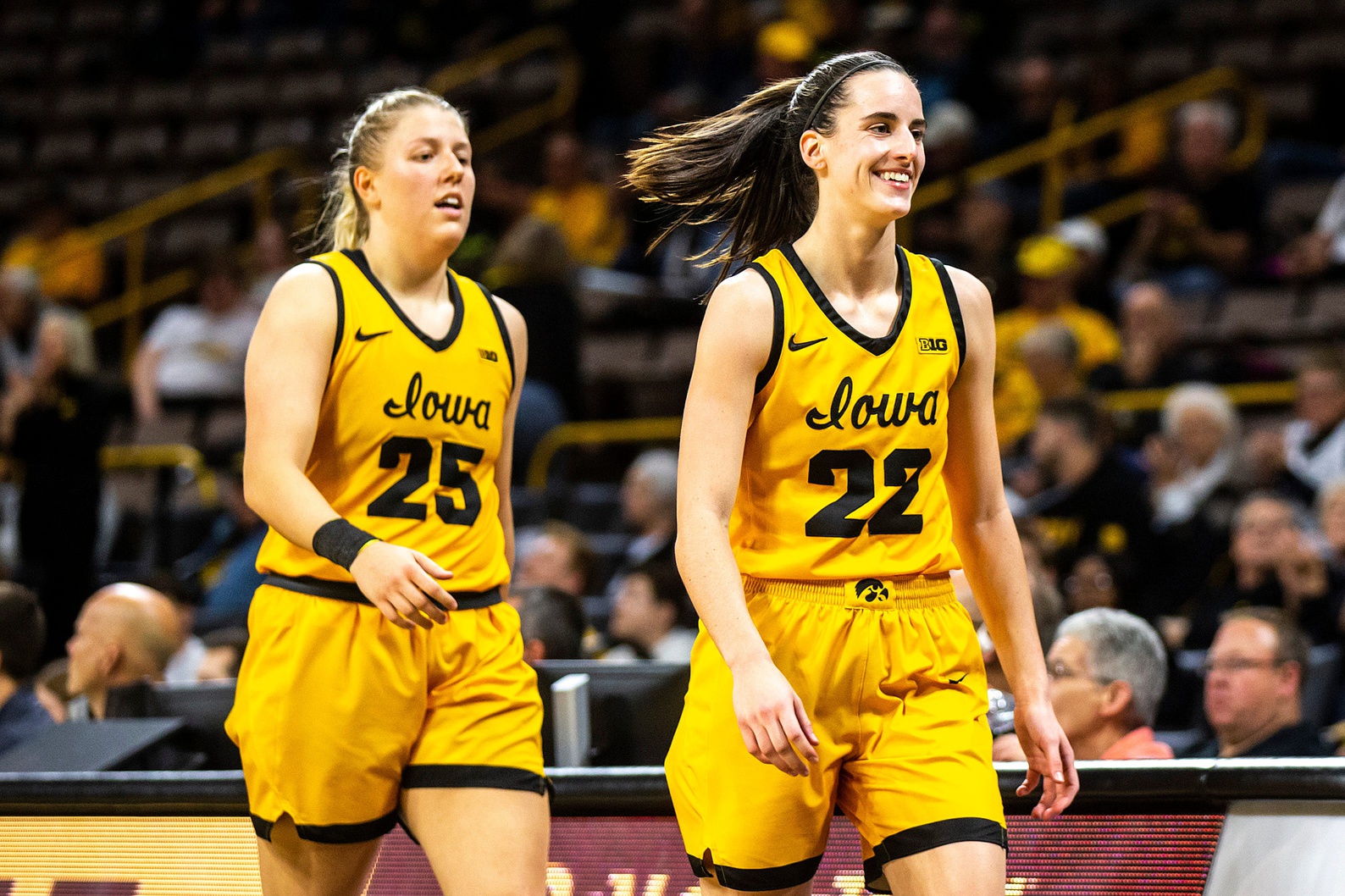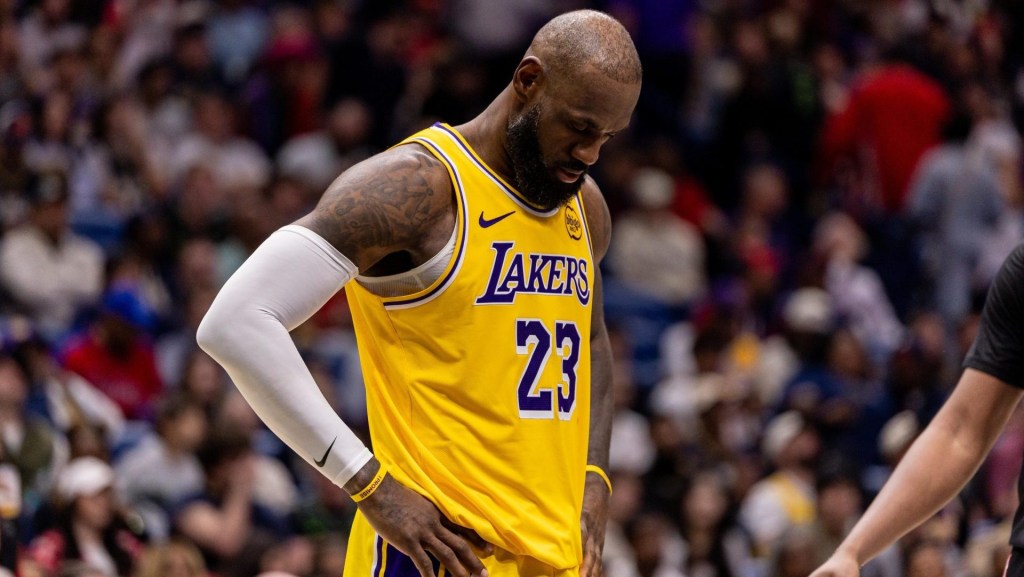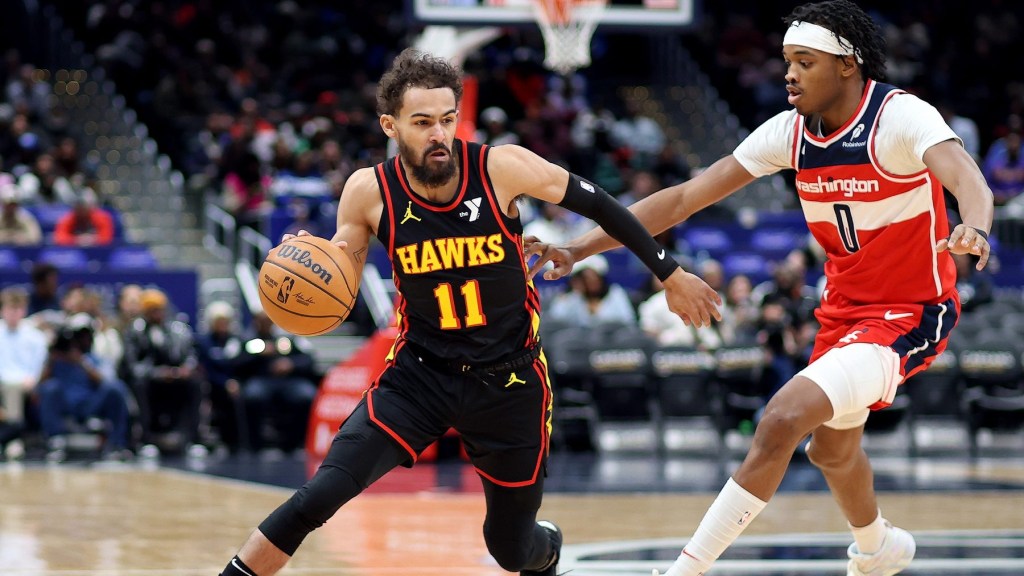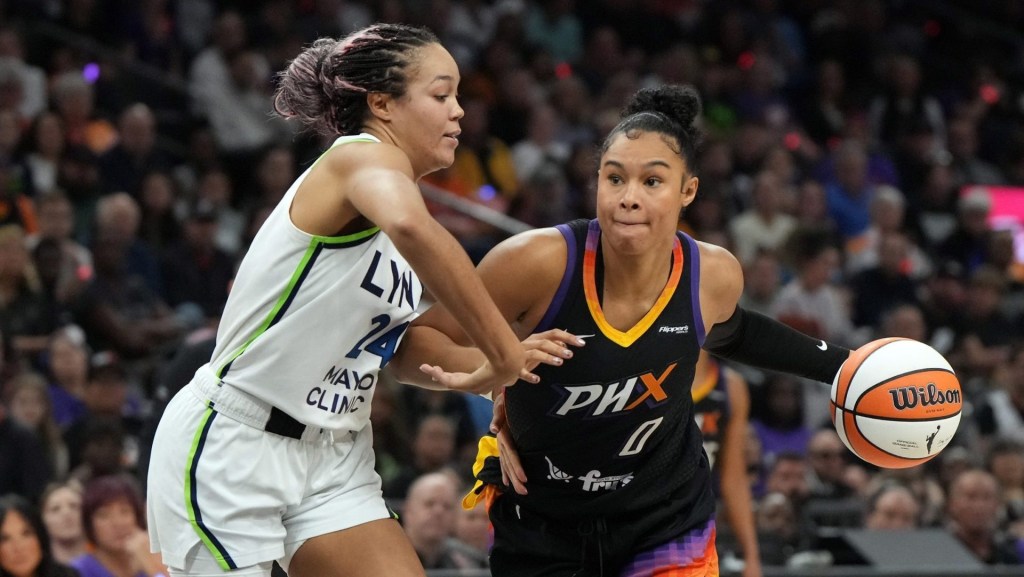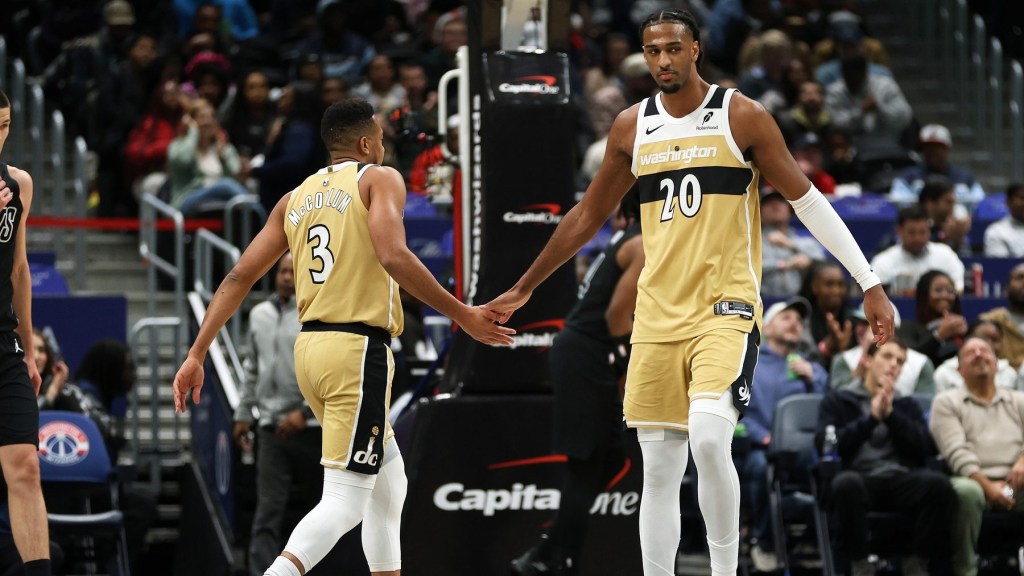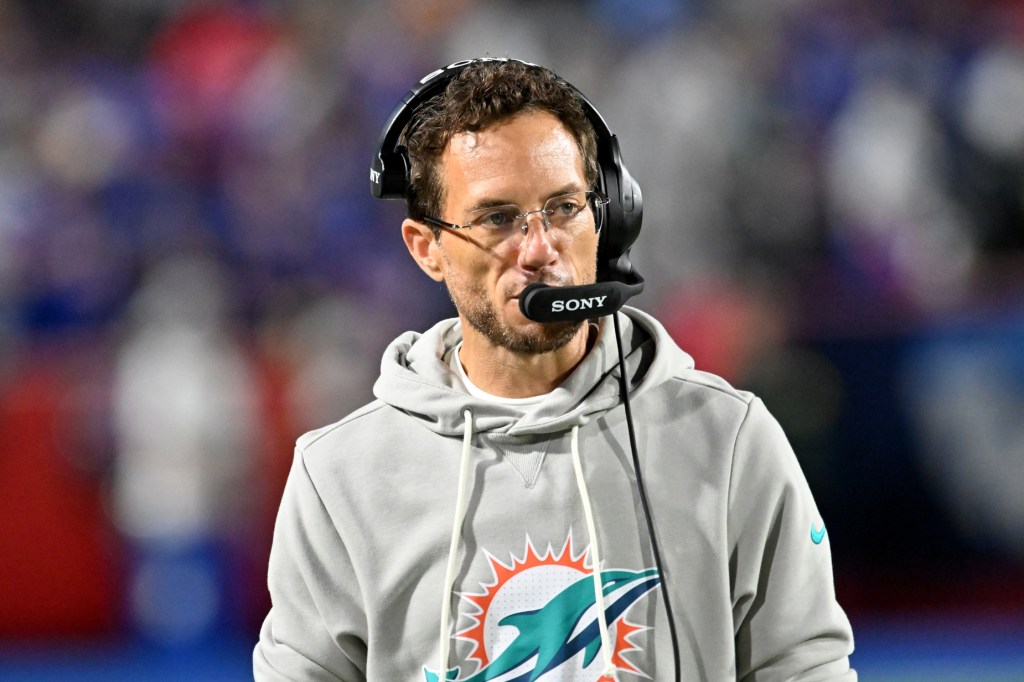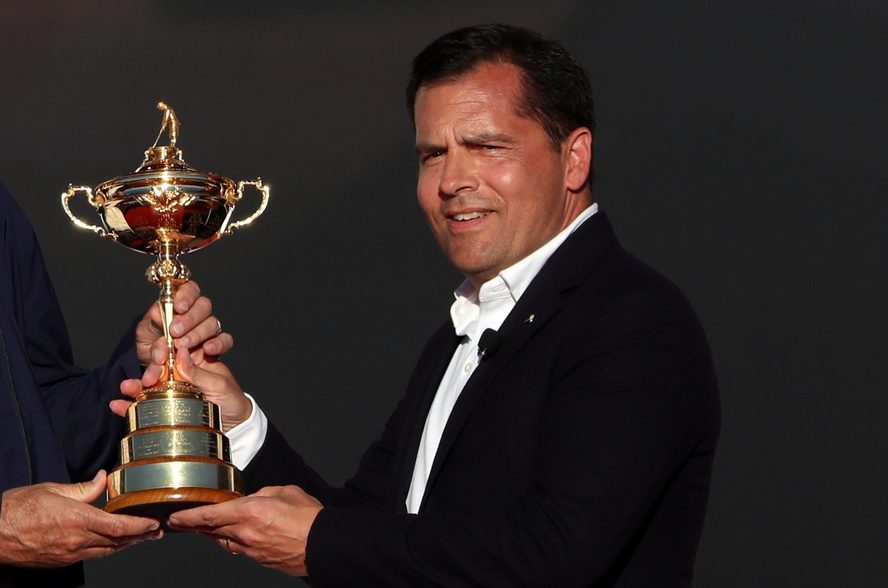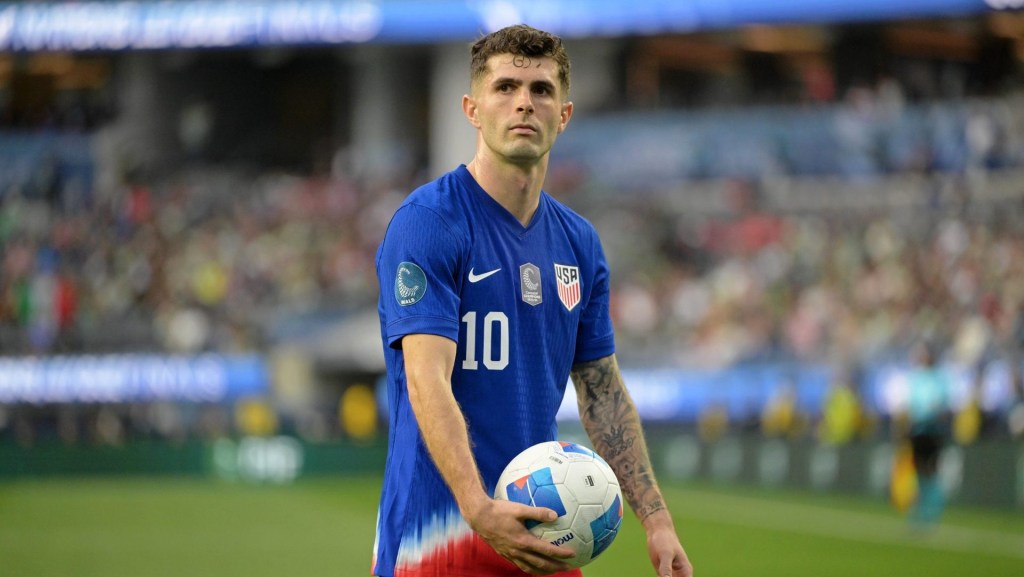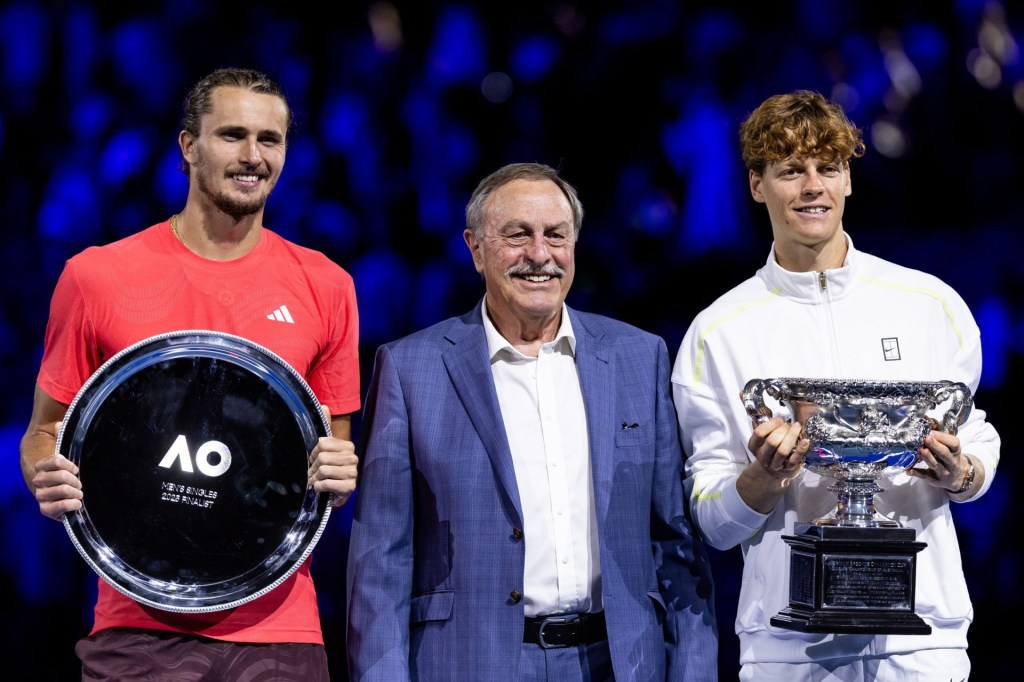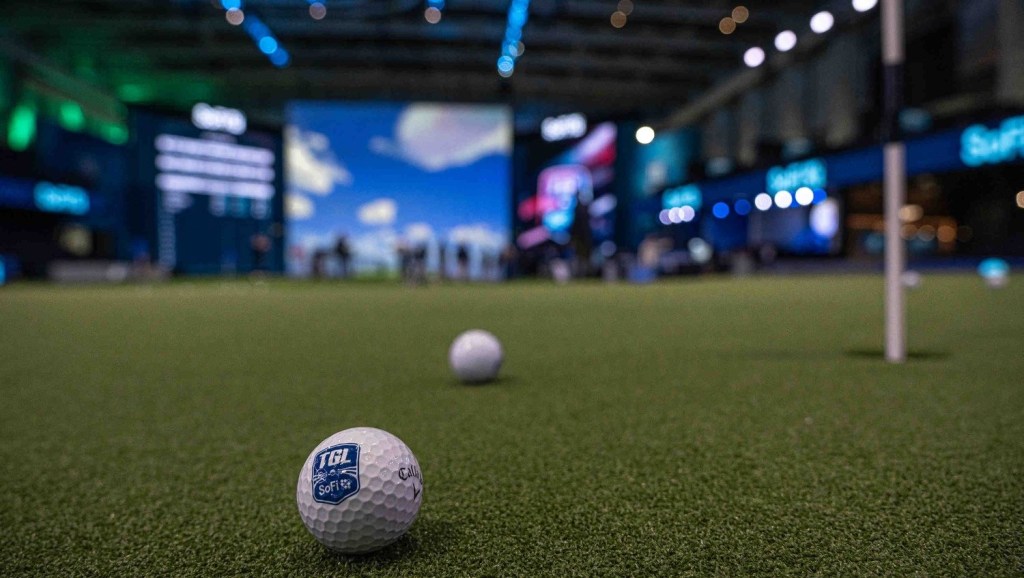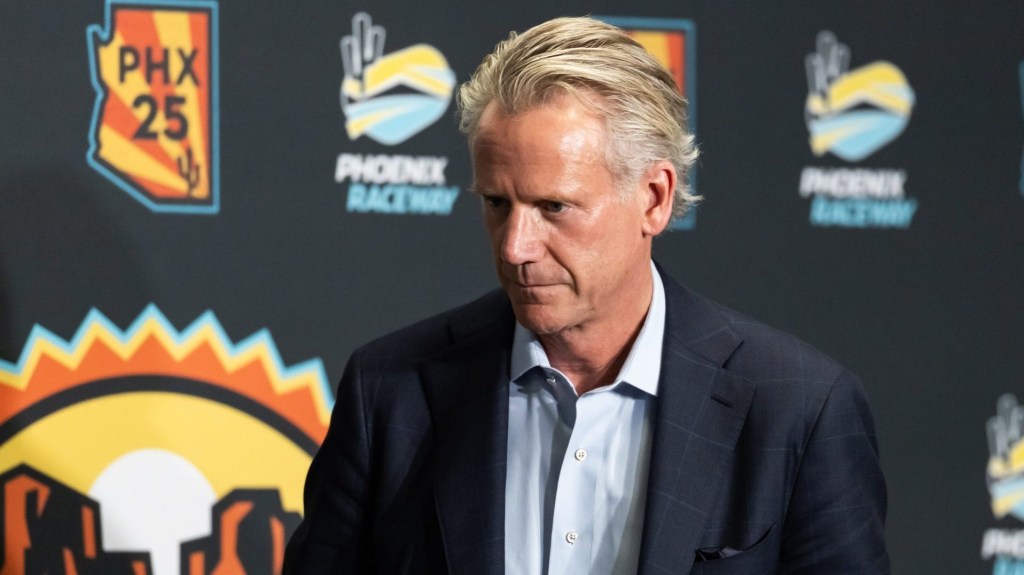When LSU bested Iowa in the 2023 national title game, confetti fell on the winning team’s top three scorers: Jasmine Carson, Alexis Morris, and LaDazhia Williams. A week later, Williams and Morris were selected as the 17th and 22nd picks, respectively, in the WNBA draft—Morris was one of 15 players invited to attend in person—while Carson went undrafted and headed to free agency.
By the time the season rolled around, all three had been cut from WNBA rosters. So had Monika Czinano (above, left), Caitlin Clark’s right-hand woman who went 26th in the draft to the Los Angeles Sparks.
There’s a bottleneck at the upper echelon of women’s basketball. Stars like Clark (above, right) and Angel Reese will likely make it onto a WNBA roster after they’re drafted Monday night. But for the teammates who helped them get there, options are much more limited.
The WNBA has 12 teams with 12 roster spots on each, which is 306 fewer openings than in the NBA (excluding two-way contracts and the postseason). The squeeze trickles down to the draft: Of the 36 players selected in the WNBA draft, only 15 made an opening day roster in 2023, and just 17 did the year before, according to Just Women’s Sports. Morris went overseas but is now a Harlem Globetrotter. Carson, Williams, and Czinano play abroad.
The league is so cutthroat because it’s been modest in its growth. After quickly expanding from eight to 16 teams in its first four seasons, the league slowed down and has had 12 teams since 2010. The draft tension will slightly ease up next season with a new team headed to the Bay Area.
“I would love to expand our league,” Las Vegas Aces star A’ja Wilson told Front Office Sports last summer. “But at the same time, I think we need to take care of the ones that are in it right now, before we really start to expand.”
Wilson has a point: Teams still fly commercial for most games, and many players must go abroad during the offseason to supplement their WNBA income, a direct cause of why Brittney Griner was detained in Russia.
The promise of Clarkonomics on the horizon won’t fix all the WNBA’s issues, but it should certainly help. The league is putting 36 out of 40 Indiana Fever games on national broadcasts or streamers, and teams are jacking up ticket prices to prepare for Clark’s arrival. The timing couldn’t be better, as the WNBA is negotiating a new set of media rights that could trickle down to higher player salaries, charter flights, and, yes, more roster spots.
Things aren’t yet ideal for the players outside the highest tier of stardom, but Monday’s draft could mark a significant financial turning point for the league. No looking back now.
